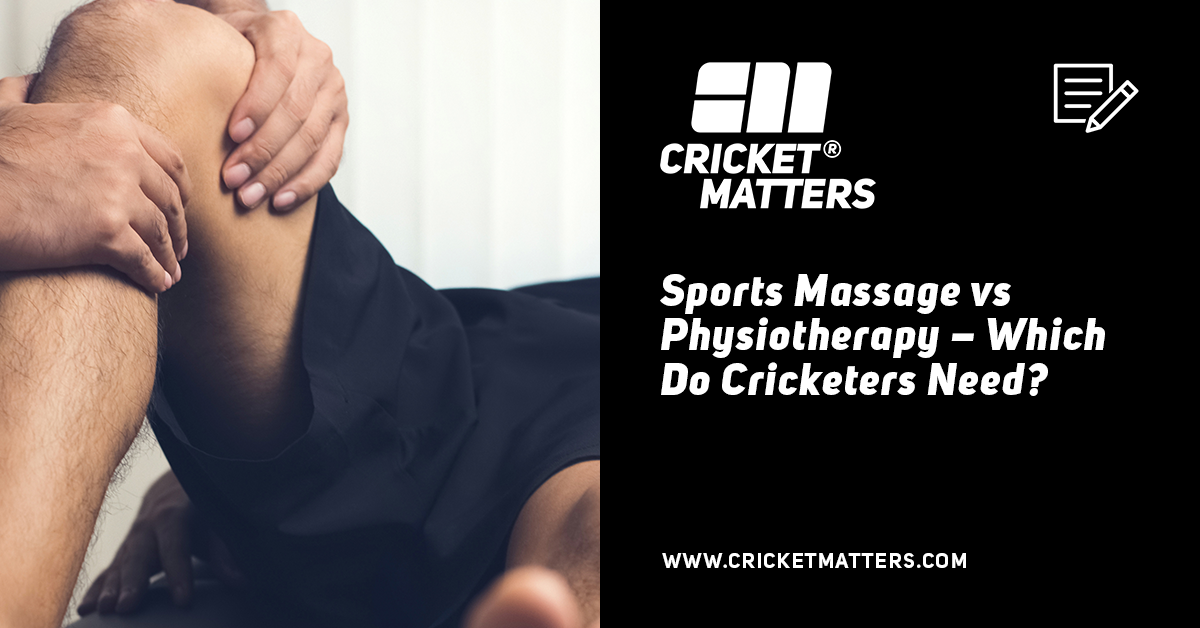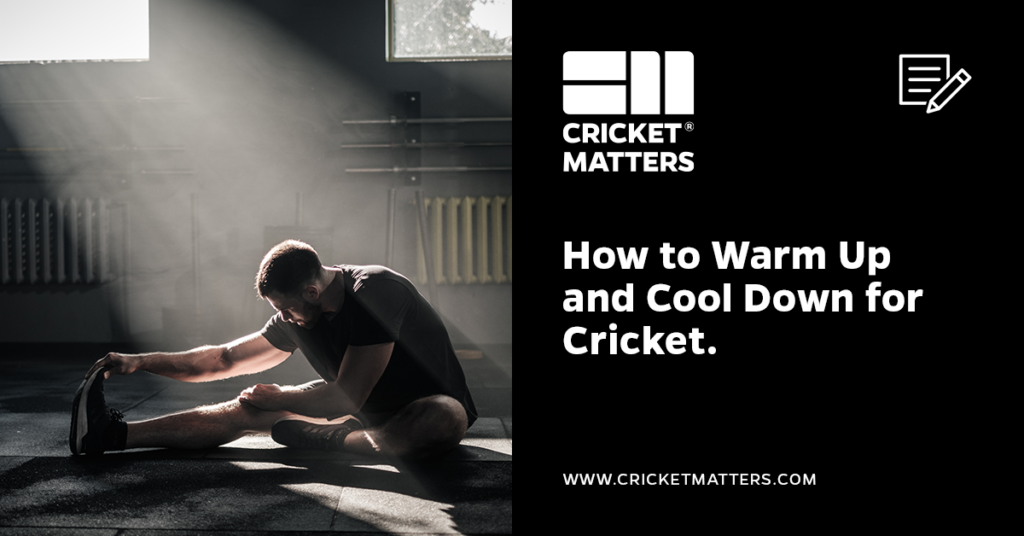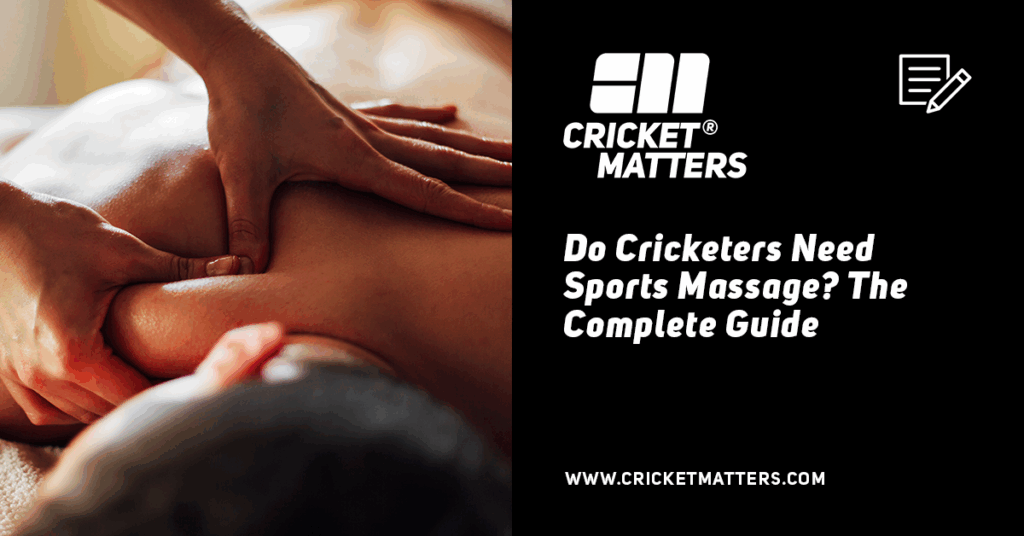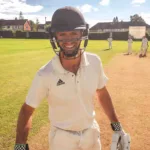
I hope you enjoy reading this blog post.
James Breese, Cricket Matters FounderIf you need my help with cricket coaching, strength and conditioning, injury rehab, or nutrition, click here.
Sports massage vs. physiotherapy in cricket: The decision every sore cricketer faces.
Tight hamstrings. Aching shoulders. A back that won’t loosen up after a long spell. Every cricketer knows the pain — but when it lingers, the big question is: do you book in for a sports massage or see a physio?
Get it wrong, and you waste weeks. A sore calf that needed rehab turns into a tear. A stiff shoulder that just needed loosening ends up with expensive scans. But get it right, and you recover faster, avoid injury, and stay out in the middle where you belong.
The truth is, massage and physiotherapy aren’t competing options. They’re different tools for different problems — and knowing when to use each one is the difference between patching yourself up and keeping yourself truly match-ready.
In this guide, we’ll break it down:
- What sports massage really does for cricketers
- When physiotherapy is essential (and when it’s overkill)
- How to know which option you need right now
- When the smartest players combine both
By the end, you’ll know exactly where to turn — whether you just need a tune-up or a proper medical assessment.
Guess wrong, and you waste weeks. Guess right, and you stay match-ready.
Table of Contents
The Quick Answer (Decision Guide)
Here’s the rule of thumb for cricketers:
If you’ve got pain or dysfunction, see a physio. If you’re tight, fatigued, or carrying general soreness, book a massage. If you’re coming back from injury, you’ll usually need both.
Quick Decision Table
| Situation | Best Choice | Why |
| Sharp pain, swelling, restricted movement | Physio | Needs assessment, diagnosis, and rehab plan |
| General stiffness, heavy legs, post-match fatigue | Sports Massage | Loosens tight muscles, speeds recovery, keeps you mobile |
| Returning from injury, rebuilding strength and mobility | Both | Physio sets the rehab plan, massage supports recovery and tissue quality |
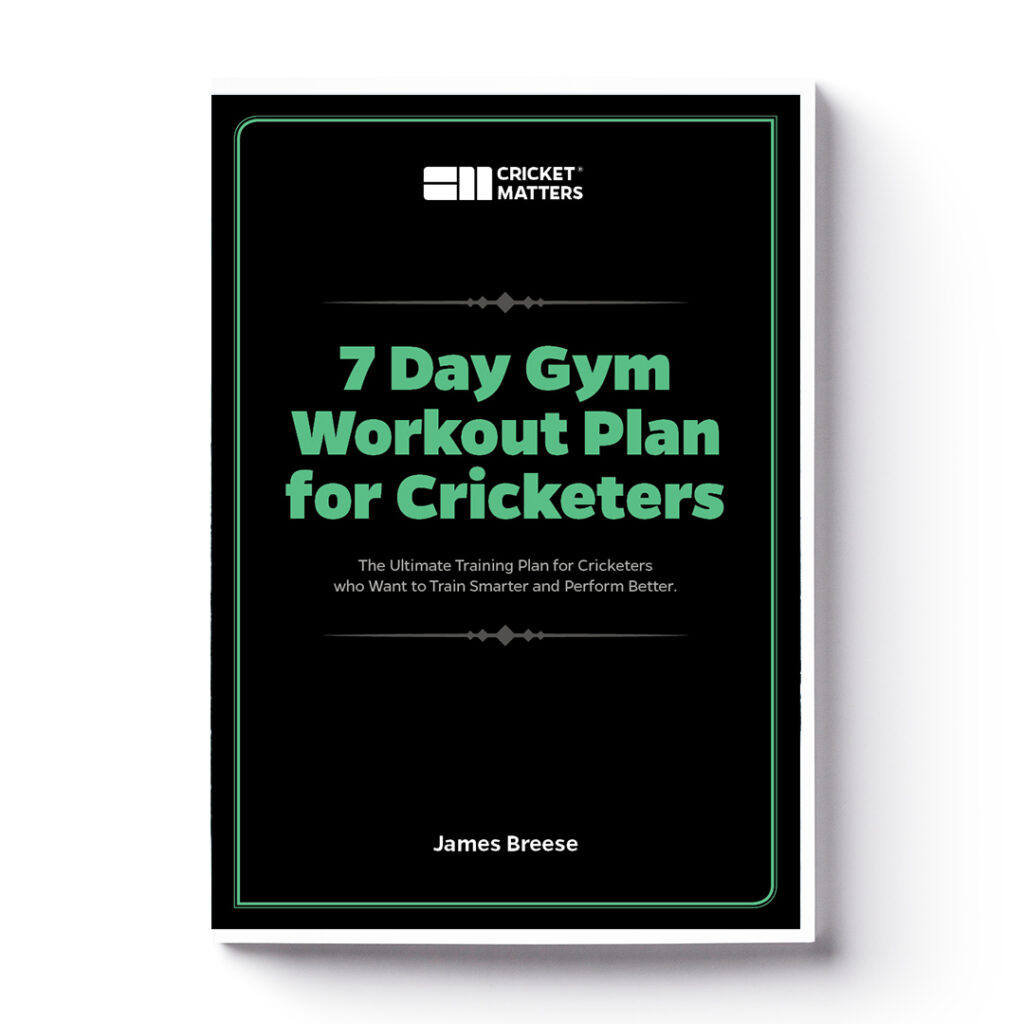
Have You Downloaded Our FREE 7-Day Gym Workout Plan?
Grab your complete step-by-step 7-day gym workout plan for cricketers today. There will be no more Guesswork. Just follow the plan and get results.
What Each One Actually Does
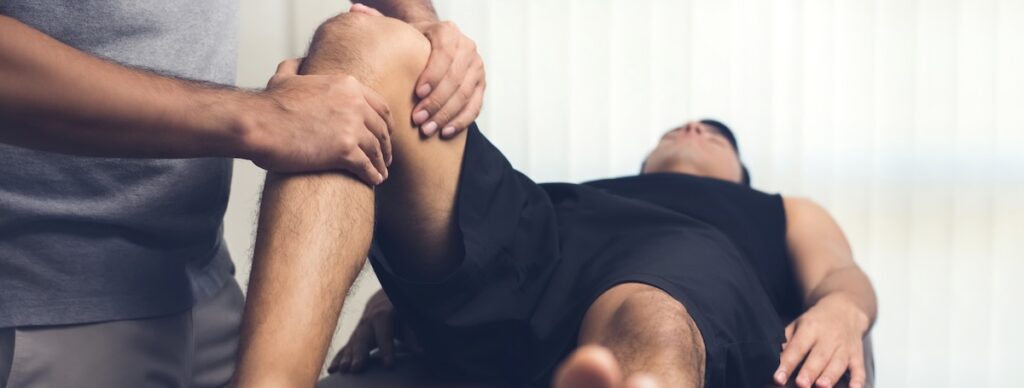
Physiotherapy
Physiotherapy is clinical care, plain and simple. In the UK it’s regulated by the HCPC, which means only qualified professionals can call themselves physiotherapists. Their job isn’t just to get hands-on — it’s to assess, diagnose, and treat injuries with a structured plan.
A physio will test movement, strength, and function, then map out the rehab steps to get you back. That can include exercise prescription, load management, manual therapy, or even referral if something more serious is suspected.
Think of physio as fixing what’s wrong and building long-term capacity. They don’t just patch you up; they help you rebuild so the same problem doesn’t keep coming back.
Sports Massage
Sports massage is much simpler: it’s targeted soft-tissue work designed to ease muscle soreness, improve circulation, and support recovery between training and matches. It isn’t clinical, and it doesn’t involve diagnosis — the goal is to keep you moving freely and feeling fresher.
The research backs it up: massage reduces delayed onset muscle soreness (DOMS), improves perceived recovery, and creates small but useful flexibility gains. It also helps with the mental side — reducing stress and giving you that reset when the season grinds on.
Think of massage as keeping you loose, fresher, and ready to go again. It doesn’t fix the root of an injury, but it stops fatigue and tightness from quietly chipping away at your game.
What Does the Evidence Say?
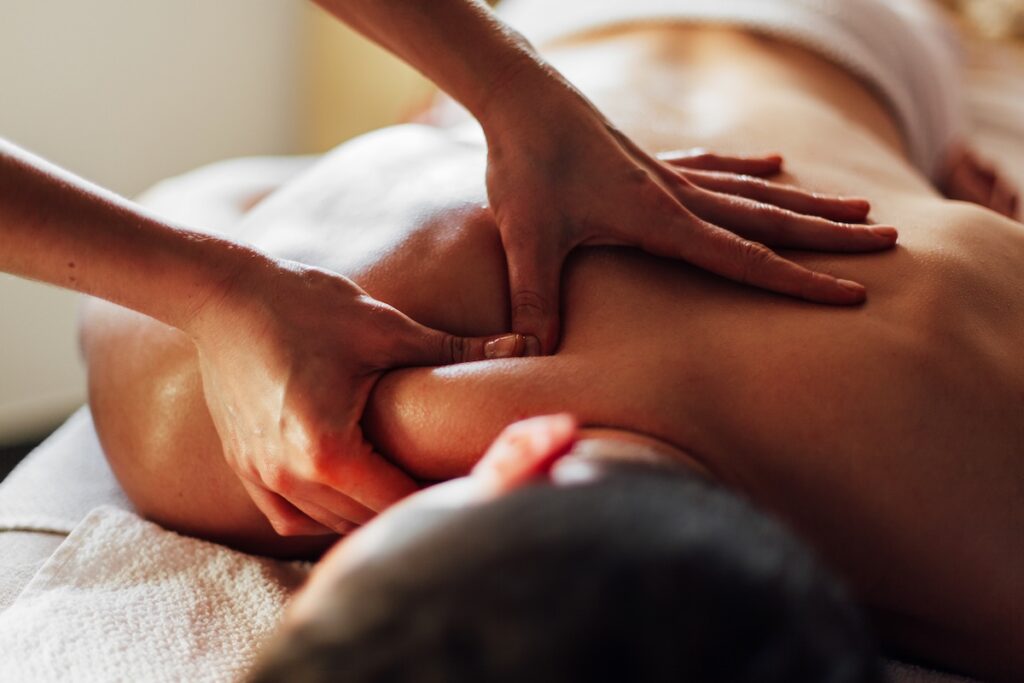
Science clarifies the distinction between sports massage and physiotherapy.
Sports massage has strong support for what it does best: reducing delayed-onset muscle soreness (DOMS), improving perceived recovery, boosting mood, and making small but functional gains in flexibility.
What it doesn’t do is directly add pace to your bowling or power to your hitting. Its role is indirect but essential — by easing soreness and freeing up movement, it helps you train and play without stiffness dragging you down.
Think of a bowler heading into day two of a double-header: massage won’t magically increase pace, but it can keep calves and hamstrings loose enough to maintain stride length and rhythm.
Physiotherapy, by contrast, is the gold standard for injury management.
NICE guidelines and decades of clinical research support its role in assessment, diagnosis, and progressive rehab. A physio isn’t just treating pain — they’re fixing the cause and building long-term resilience.
For cricketers, that might mean a structured return-to-bowling plan for a lumbar stress reaction, or tendon-loading work to keep a batter’s shoulder strong across the season.
The research takeaway is simple: massage keeps you fresher and moving freely, physio rebuilds you when something breaks down. Which one you need depends on your situation — and that’s where real cricket scenarios make it clear.
Massage keeps you fresher, physio rebuilds you when something breaks down.
When to Choose Which (Cricket-Specific Scenarios)

Go Physio First If…
There are times when only a physio can give you the right answer.
- Sudden injuries: a hamstring pull mid-sprint, a rolled ankle, or acute lumbar pain.
- Pain with loss of function: you can’t bowl through your action, can’t rotate when batting, or can’t run without limping.
- Suspected stress fracture: especially in fast bowlers with persistent shin, back, or foot pain.
These aren’t “tightness” problems — they’re red flags. You need assessment, diagnosis, and a plan before any recovery work makes sense.
Pick Sports Massage If…
Massage shines when it’s about keeping the body fresh and mobile.
- DOMS after heavy training or tournaments.
- Tight shoulders or hips from repetitive bowling or long batting sessions.
- Heavy legs after a weekend in the field or a long travel day.
These are the issues where soft-tissue release, circulation, and recovery work make an immediate difference — without needing a full clinical assessment.
Use Both If…
Some situations benefit most from a team approach.
- Recurring niggles that ease with load management but never fully disappear.
- Rehab after side strains, rotator cuff irritation, or tendon overload.
Here, the physio sets the plan and guides load, while massage helps manage the tightness, soreness, and mental fatigue along the way. One keeps you structurally sound, the other keeps you moving freely — and together they speed up the return to play.
Cricket Scenarios (Make It Real)
Sometimes the easiest way to understand the difference is to see it play out in real cricketing life.
- Fast bowler with sudden back pain: You pull up mid-spell with sharp lumbar pain. That’s not a “tightness” issue. You need a physio to assess, rule out a stress reaction or nerve involvement, and build a return-to-bowling plan. Massage at this stage could mask the problem rather than fix it.
- Batter with stiff hips after travel: You’ve just sat on a bus for four hours, then head into the nets. Your hips feel locked up and your rotation is gone. This is where a massage session can free up the QL, obliques, and hip rotators so you can move fluidly again — no diagnosis needed.
- Fielder with a low-grade hamstring strain: You’ve tweaked your hammy chasing a ball. A physio takes charge of the rehab plan — strength progression, sprint mechanics, and load monitoring. Massage supports the process by easing tightness in the surrounding tissue and keeping the rest of the posterior chain loose as you rebuild.
- Bowler with shoulder soreness after a load spike: You’ve ramped up your overs too quickly and the shoulder feels angry. A physio identifies whether it’s a cuff irritation or tendon overload and sets exercises to fix the cause. Massage helps by reducing tension in the cuff, traps, and serratus so you can keep training without locking up.
These are the everyday stories cricketers recognise.
The pattern is simple: if pain and dysfunction stop you performing, start with physio. If you’re stiff, sore, or heavy-legged, massage gets you back to moving freely. And if you’re in the messy middle — somewhere between recovery and rehab — the two work best together.
What to Expect in a Session
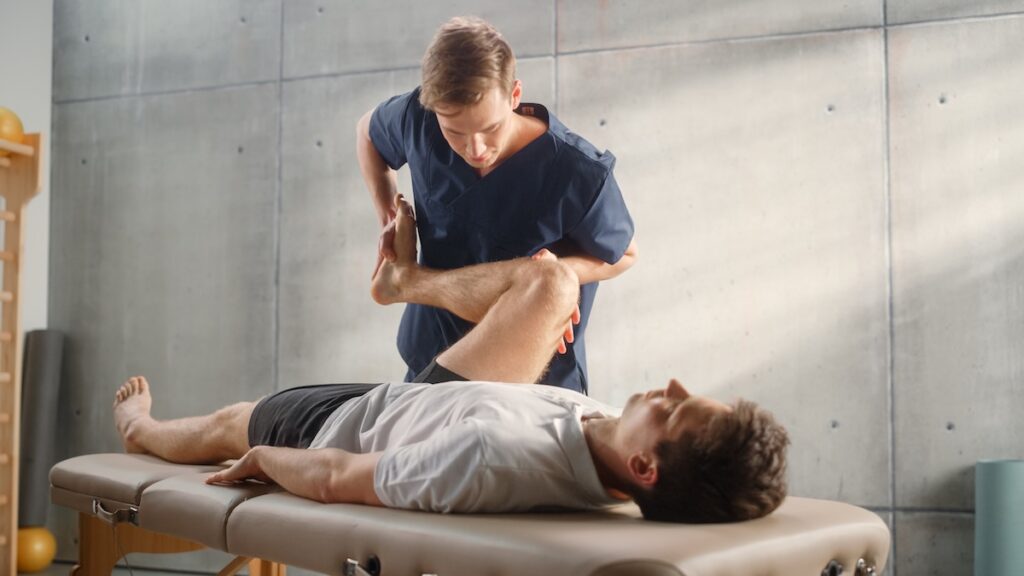
Physiotherapy
At Cricket Matters, we don’t guess — we assess.
A physio session isn’t just about lying on a bed and getting a bit of treatment. It starts with a conversation and a structured assessment: movement screens (we use FMS and SFMA as our guiding principles), strength tests, and function checks.
The aim is simple: work out what’s driving the pain or limitation.
From there, you get a clear plan. That might mean progressive rehab exercises, load management strategies, and sometimes manual therapy as part of the process.
The first assessment typically lasts 90 minutes, because it takes time to get the full picture. Follow-up sessions depend on what we’re trying to achieve — whether that’s rebuilding after injury, managing workload, or preventing problems from coming back.
Think of physio as finding the root cause and building long-term resilience, not just chasing symptoms.
Sports Massage
Sports massage with us isn’t about candles and spa music — it’s about targeted recovery. The session is goal-led: light activation before a match, or deeper recovery after a heavy weekend of fixtures.
Because we’re sports therapists, not just massage therapists, we’re trained to spot patterns and link them back to your movement.
We go straight to the cricket hotspots: anterior tibialis from hours in the field, rotator cuff from bowling, hips and QL from long batting sessions, obliques and serratus from rotation, and the neck, which so often carries hidden tension.
Session lengths vary.
A quick 30 minutes for one tight area. A 60-minute full recovery session (the sweet spot for most cricketers). Or a 90-minute deep reset when you need everything covered. Every session has a purpose — to keep you fresher, freer, and able to perform when it matters.
Safety First – Who Should Not Get a Sports Massage
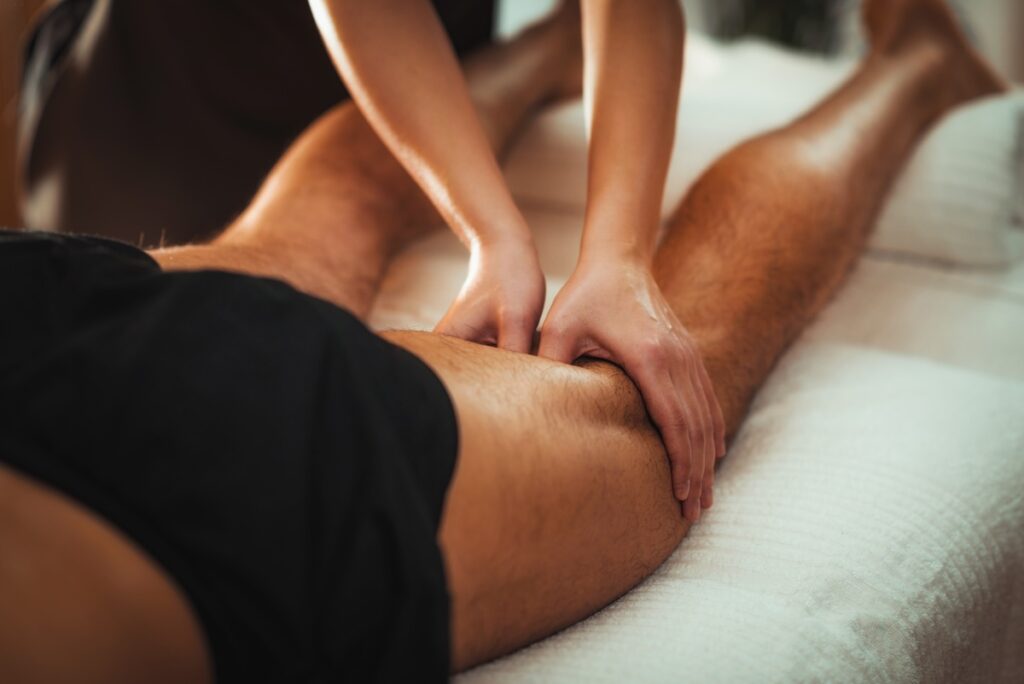
Massage is safe for most players, but there are times when it’s the wrong tool.
Skip or modify massage if you have an acute injury (sudden tear, severe swelling, heavy bruising), a suspected stress fracture, or red-flag symptoms like unexplained calf pain, chest pain, or shortness of breath. It’s also best avoided over active infections, fever, or skin irritation at the treatment site.
Pre-match, deep work on prime movers (like quads, hamstrings, or shoulders) can also backfire — that’s when lighter activation is the smarter choice.
The key principle is simple: if something doesn’t feel right, we assess before we treat. That way you don’t waste time on the wrong approach.
How to Know It’s Working
You don’t need fancy data to track progress — just simple, cricket-specific markers. Over 2–4 weeks, keep an eye on:
- DOMS: Are you less sore 24–48 hours after training or matches?
- Movement: Can you rotate your shoulders, hips, or thoracic spine more freely?
- Session RPE: Do nets and gym sessions feel easier at the same workload?
- Availability: Are you bowling more overs pain-free, batting longer before fatigue sets in, or fielding without niggles holding you back?
If these markers improve, you know the process is working. If not, the timing, techniques, or frequency need adjusting. The goal isn’t just short-term relief — it’s building consistency across a whole season. That’s why we assess, track, and adapt.
Conclusion: Choosing the Right Tool for the Job
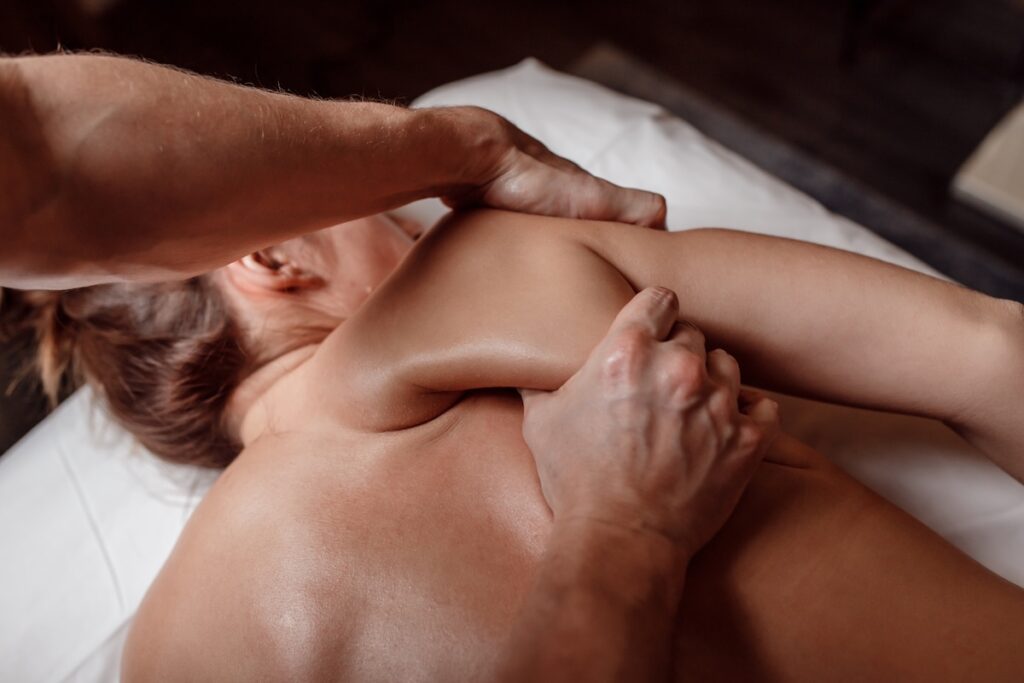
Cricket places unique demands on the body, and no single solution can cover them all. Physiotherapy and sports massage aren’t rivals — they’re teammates.
Physio steps in when something breaks down, such as pain, injury, or dysfunction that requires a clear diagnosis and a structured plan.
Massage picks up the slack in between: keeping muscles loose, joints moving, and minds fresh enough to get through the grind of training, matches, and travel.
The best cricketers don’t guess. They know when pain means “see a physio” and when stiffness needs “book a massage.”
They also know that the two often work best together — one addressing the root cause, the other supporting recovery so you can keep training and playing at your best.
At Cricket Matters, that’s exactly how we approach it.
We assess first, using systems like FMS and SFMA to spot patterns others miss. We build structured rehab when it’s needed, and we deliver targeted massage when recovery is the priority.
Because cricket isn’t about quick fixes — it’s about staying available, consistent, and ready every time you walk out to bat, bowl, or field.
So the question isn’t “physio or massage?” It’s “What does your body need right now?” Get that answer right, and you’ll spend less time sidelined and more time doing what matters most: playing the game.
Physio and massage aren’t rivals — they’re teammates for longevity.

Have You Downloaded Our FREE 7-Day Gym Workout Plan?
Grab your complete step-by-step 7-day gym workout plan for cricketers today. There will be no more Guesswork. Just follow the plan and get results.
FAQ
Is Sports Massage the Same as Physiotherapy for Cricketers?
No, they are not the same. Physiotherapy is a regulated healthcare profession in the UK, focused on assessing, diagnosing, and treating injuries through rehabilitation, exercise, and load management. Sports massage, by contrast, is a manual therapy aimed at reducing muscle soreness, improving circulation, and supporting recovery. Both can be valuable for cricketers, but physio addresses the root cause of injury, while massage helps maintain freshness and mobility.
What Is Better for Recovery, Physiotherapy or Sports Massage?
It depends on the situation. Physiotherapy is best when pain, injury, or loss of function is present — such as a hamstring strain or shoulder impingement. Sports massage is better for general tightness, post-match fatigue, or soreness after heavy workloads. For many cricketers, the most effective approach is a combination: physiotherapy for diagnosis and structured rehab, with massage for ongoing recovery and maintenance.
When Should Cricketers Avoid Sports Massage?
Sports massage should be avoided if you have an acute injury (such as a recent tear, heavy swelling, or severe bruising), a suspected fracture, or red-flag symptoms like unexplained calf pain or shortness of breath. It should also be postponed if you have an active infection, fever, or skin irritation in the treatment area. Pre-match, deep massage on the main muscles you need for performance can sometimes be counterproductive, so lighter activation work is recommended instead.
Do Sports Massages Actually Help Cricketers Perform Better?
Research shows that sports massage does not directly make you bowl faster or hit harder. Instead, it helps indirectly by reducing delayed-onset muscle soreness (DOMS), improving perceived recovery, and increasing mobility. For cricketers, this translates into fresher legs on day two of a match, looser shoulders for bowling, or improved rotation when batting. By lowering fatigue and maintaining movement quality, massage creates the conditions for more consistent performance.
What Happens to a Cricketer’s Body During a Sports Massage?
During a sports massage, pressure is applied to soft tissue to reduce tension, improve circulation, and support lymphatic drainage. This can increase blood flow to the treated area, improve oxygen and nutrient delivery to muscles, and help remove excess fluid or waste products from exercise. For cricketers, this means easing the tight calves from sprinting, loosening the shoulders from repetitive bowling, or releasing tension in the hips and obliques that drive batting rotation.
How Do I Know if I Need a Sports Massage or a Physio Appointment?
A simple rule of thumb: if you’re dealing with pain, loss of function, or a sudden injury, you should see a physiotherapist first for assessment and treatment. If you’re mainly struggling with general soreness, stiffness, or fatigue after matches or training, a sports massage is usually the right choice. If you’re coming back from injury, both often work best together — physio to guide the rehab process, massage to manage tightness and aid recovery along the way.

